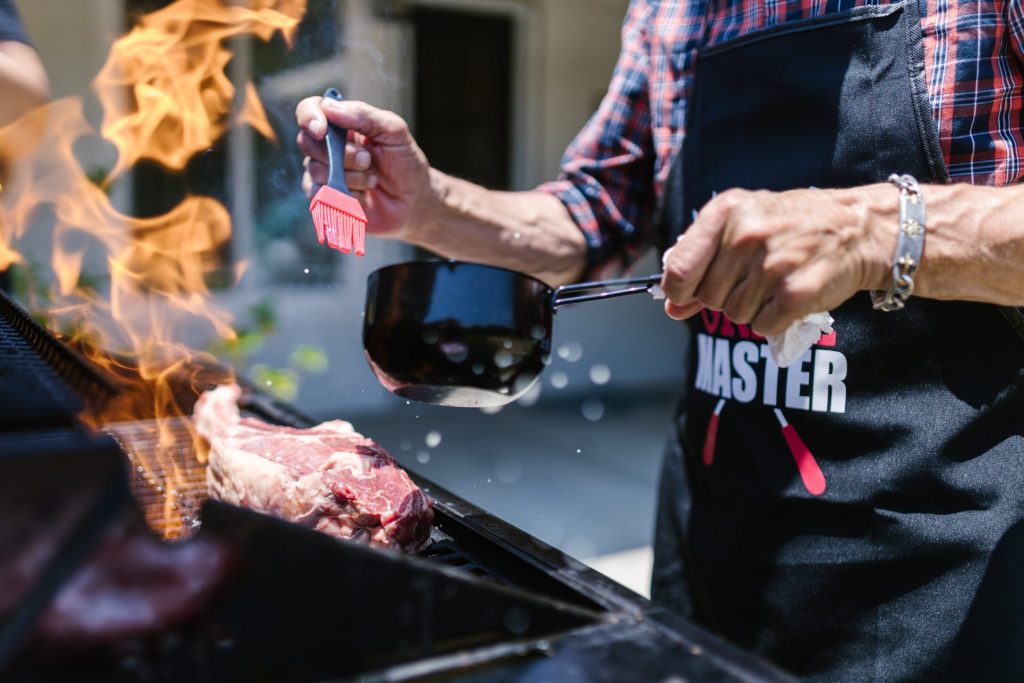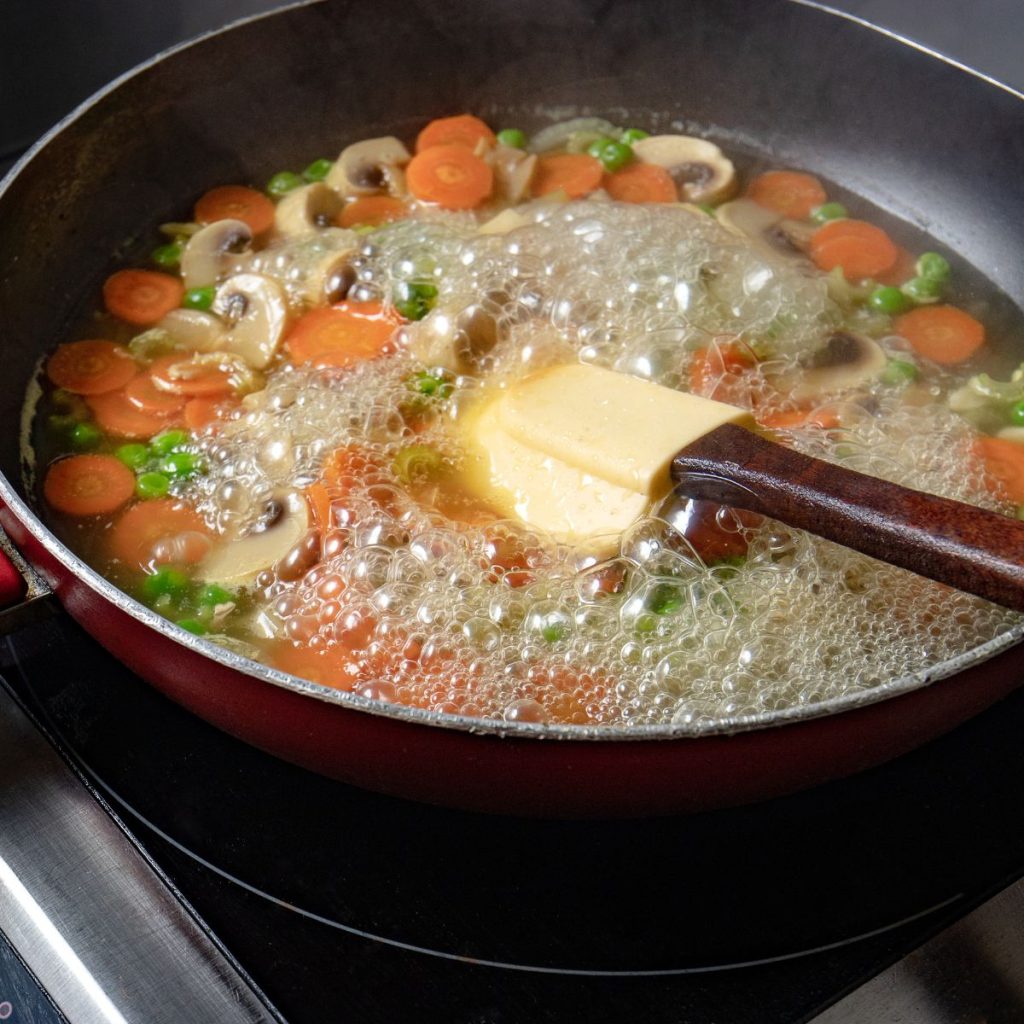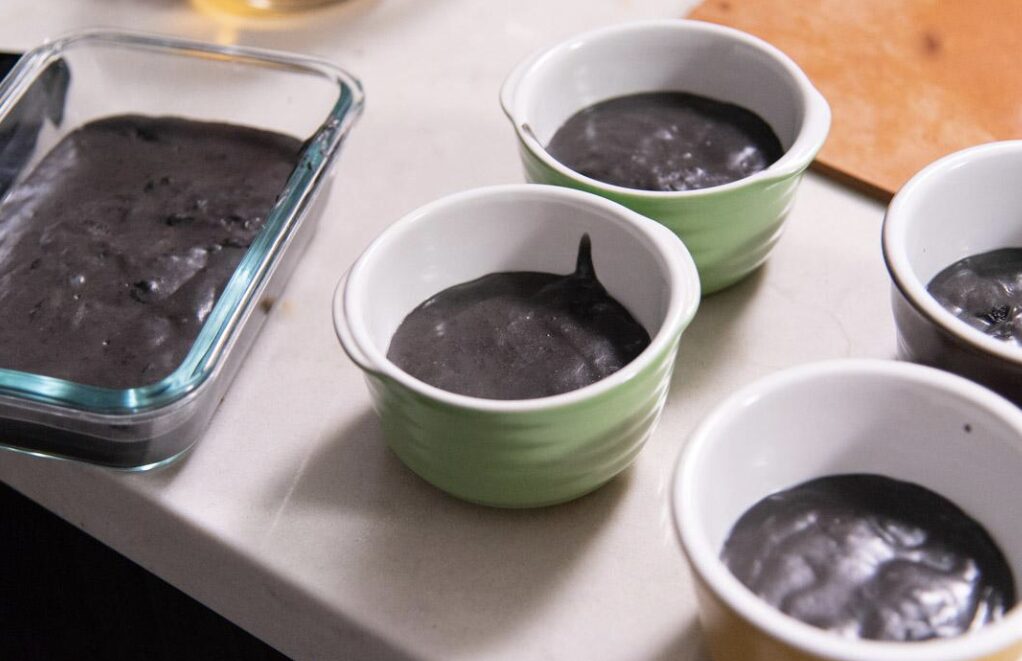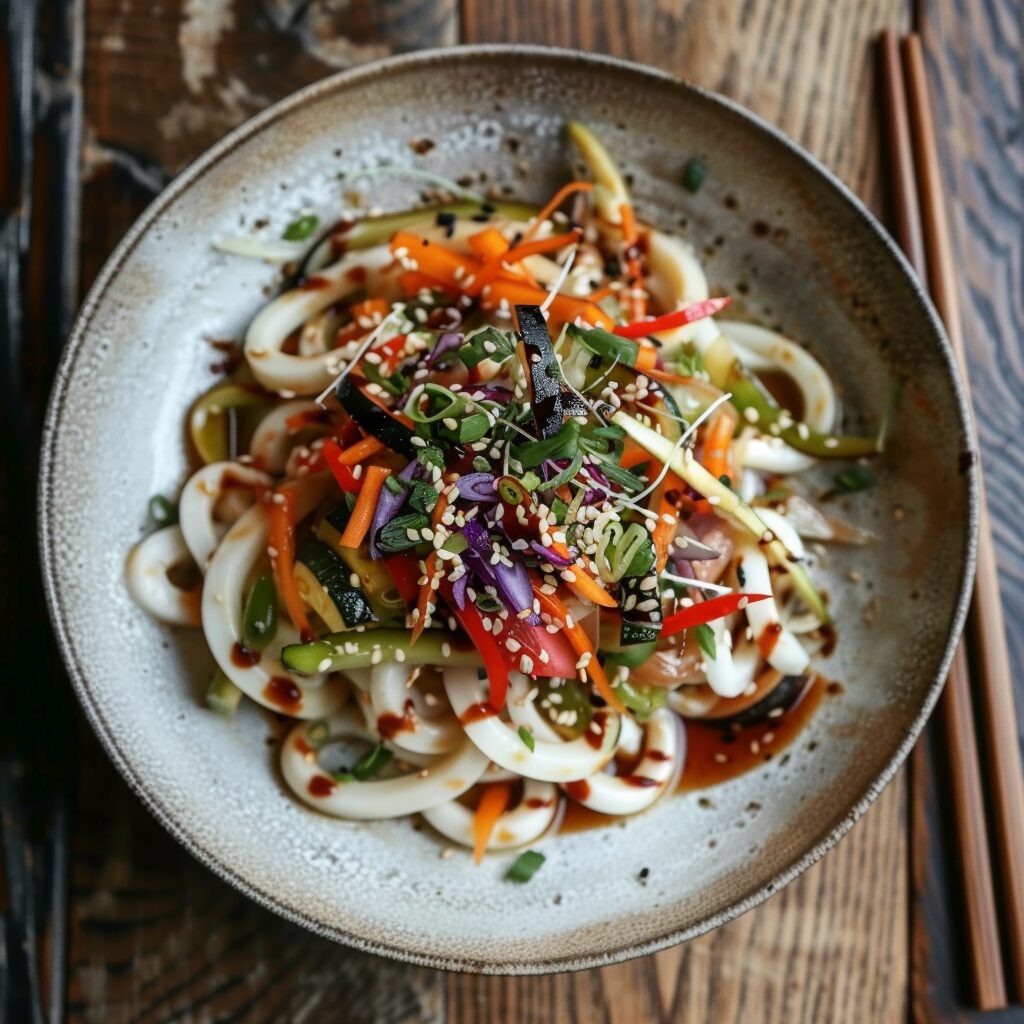Looking for the answer to ”Is silicone Spatula safe for frying?”
Well, the good news is that silicone spatulas can be a great option for frying, thanks to their heat resistance and durability.
In this article, we will explore the answer to ”is silicone spatula safe for frying” and benefits of using silicone spatulas.
We will also discuss their ability to withstand high temperatures, and examine any potential health risks.
Additionally, we’ll provide you with tips on how to safely use silicone spatulas for frying and explore alternative options.
Key Takeaways
- Silicone spatulas are a safe option for frying as they have a high heat resistance and won’t melt or warp.
- High-quality, food-grade silicone spatulas should be used to avoid potential toxins from low-quality silicone.
- High-heat cooking with certain cookware can release harmful chemicals, so using silicone spatulas can help prevent this.
- Alternative options for frying include metal spatulas, which provide better control, and wooden spatulas, which are gentle on non-stick surfaces.
Benefits of Using Silicone Spatulas

You should regularly use silicone spatulas because they offer numerous benefits.
Silicone spatulas are a versatile tool in the kitchen that can be used for a variety of tasks.
They’re heat-resistant, making them perfect for use in high-temperature cooking, such as frying.
Unlike other materials, silicone spatulas don’t melt or warp when exposed to heat, ensuring their durability and longevity.
Additionally, silicone spatulas are non-stick, which means they’re great for scraping every last bit of batter or sauce from a bowl or pan.
They’re also easy to clean and dishwasher safe. Silicone spatulas are flexible and gentle on non-stick surfaces, preventing scratches and damage.
Is Silicone Spatula Safe For Frying: Understanding the Heat Resistance
Continuing from the benefits of using silicone spatulas, let’s delve into the heat resistance of silicone and its implications for frying.
- Silicone spatulas have a high heat resistance, typically up to 600°F (315°C), making them suitable for frying at high temperatures.
- The heat resistance of silicone means that it won’t melt or warp when exposed to the heat from a frying pan or deep fryer, unlike plastic or rubber spatulas.
- Silicone is also non-reactive, meaning it won’t release any harmful chemicals or odors when heated, ensuring the safety of your food.
The heat resistance of silicone makes it an excellent choice for frying as it can withstand high temperatures without compromising its integrity.
Whether you’re flipping pancakes or sautéing vegetables, a silicone spatula will remain durable and safe to use.
Examining Potential Health Risks of High-Heat Cooking

When considering the safety of using a silicone spatula for frying, it’s important to examine the potential health risks associated with high-heat cooking.
While silicone spatulas are generally safe to use at high temperatures, there are a few things to keep in mind.
The first is that high-heat cooking can cause the release of harmful chemicals from certain types of cookware, such as non-stick pans.
These chemicals, known as perfluorooctanoic acid (PFOA) and polytetrafluoroethylene (PTFE), have been linked to health issues.
Secondly, when exposed to extreme heat, silicone spatulas can melt or degrade, potentially releasing toxins into the food.
It’s therefore important to ensure that your silicone spatula is made from high-quality, food-grade silicone and is suitable for high-heat cooking.
Additionally, it’s a good practice to avoid leaving silicone spatulas in direct contact with hot surfaces for extended periods of time.
Tips for Safely Using Silicone Spatulas for Frying

To ensure the safe use of silicone spatulas for frying, it’s important to follow these tips for proper handling and maintenance:
- Choose a high-quality spatula: Look for spatulas made from food-grade silicone that are heat-resistant and have a strong, seamless design. Avoid spatulas with any signs of damage or wear and tear.
- Use the right temperature: Silicone spatulas are safe to use at high temperatures, but it’s important to stay within the recommended temperature range. Avoid exposing the spatula to direct flame or placing it in the oven.
- Avoid sharp edges: Silicone spatulas are flexible, but they can still be damaged by sharp edges or rough surfaces. Be gentle when using the spatula to avoid tearing or puncturing the silicone.
Alternative Options for Frying With Spatulas
If you prefer an alternative to using a silicone spatula for frying, consider using a metal or wooden spatula instead.
Both metal and wooden spatulas have their own advantages and it ultimately comes down to personal preference.
Metal spatulas are durable, heat-resistant, and provide better control when flipping and turning food.
They are also easier to clean.
On the other hand, wooden spatulas are gentle on non-stick surfaces, preventing scratches and damage. They are also great for stirring and scraping the bottom of pans.
However, they may absorb odors and flavors over time. Here’s a quick comparison of the two options:
| Metal Spatula | Wooden Spatula |
|---|---|
| Durable and heat-resistant | Gentle on non-stick surfaces |
| Better control when flipping and turning food | Great for stirring and scraping |
| Easy to clean | May absorb odors and flavors |
Choose the spatula that suits your cooking style and needs best.









Konnichiwa! (Hello!) I'm Pat Tokuyama, a Japanese tofu cookbook author, who travels for music, food, and adventure. If you like Japanese tea, checkout some of the newestorganic japanese tea, matcha bowls and noren and more!
** Curious about the Plant Based Japanese Cooking Club? ** Learn more here!